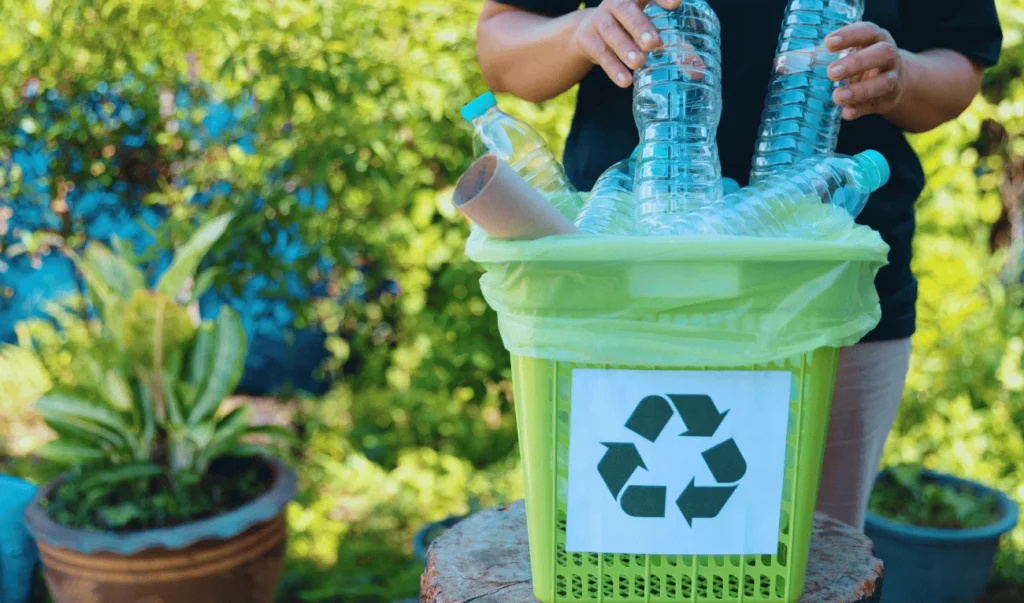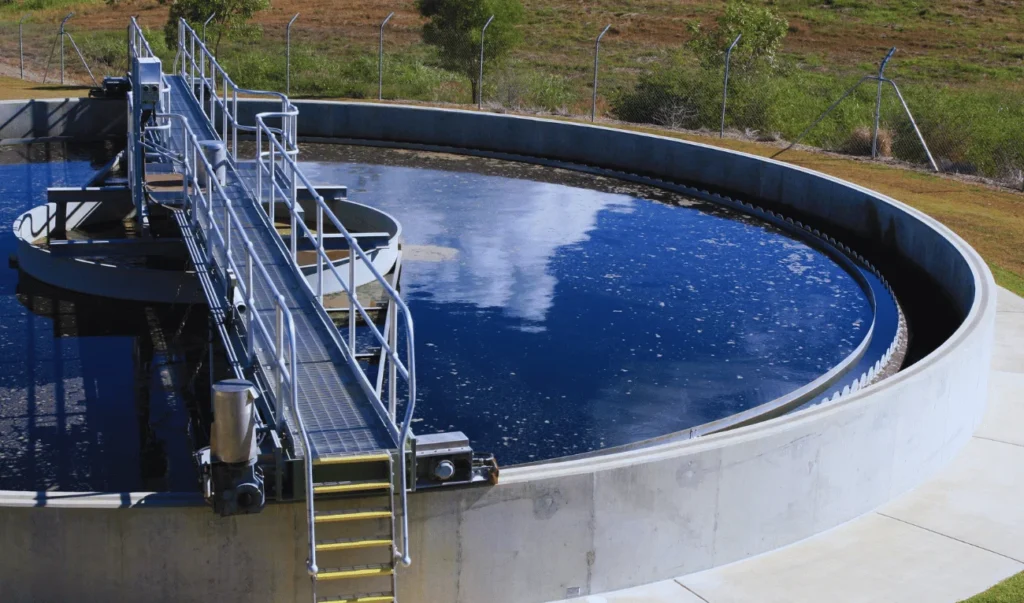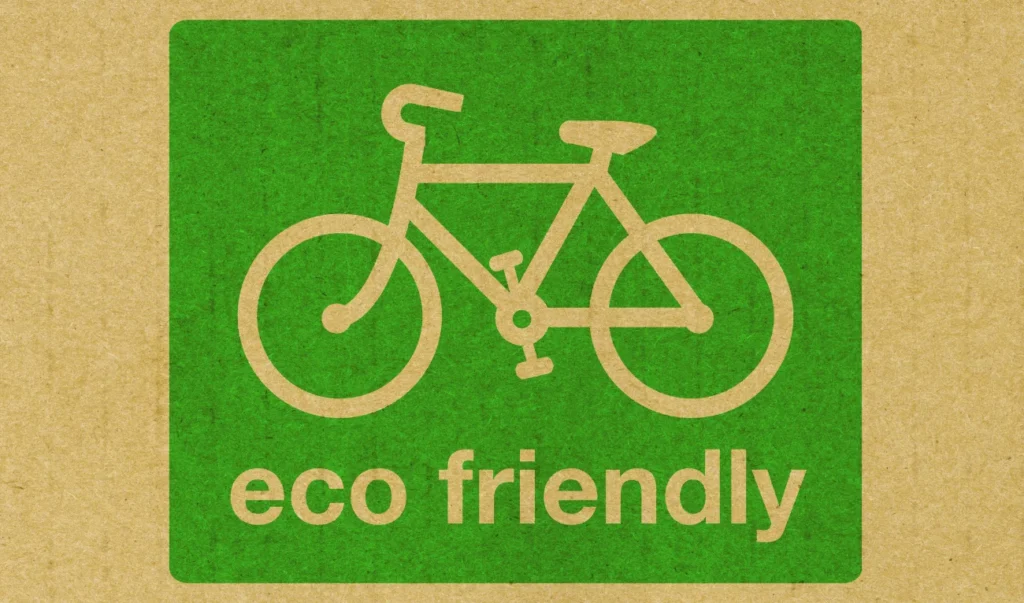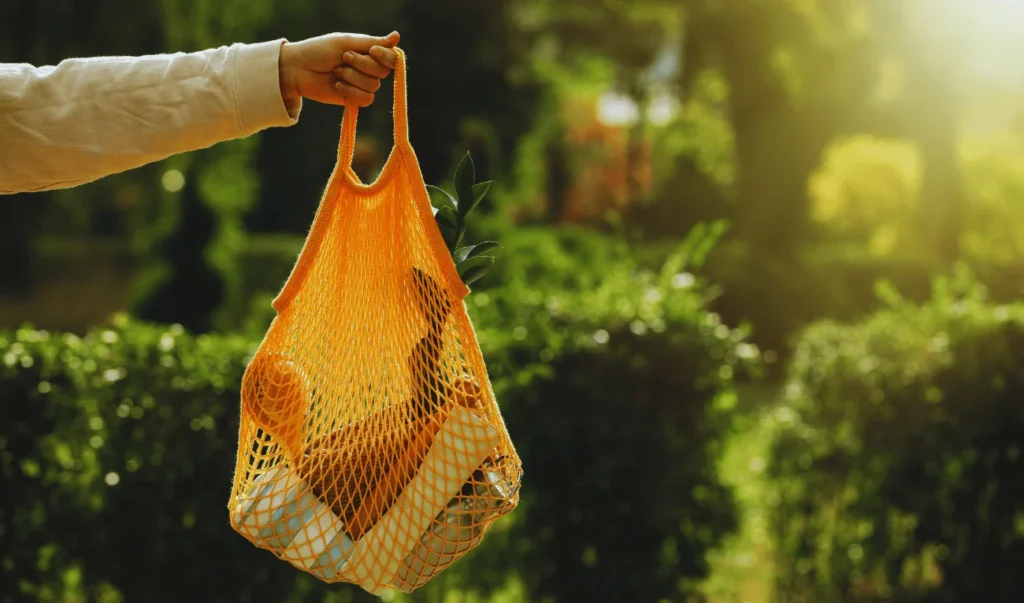Sustainability: 10 of the Best Practices for a Greener Futur
Sustainability is no longer just a trendy buzzword; it’s an urgent necessity that calls for immediate action. As we stand at the crossroads of unprecedented climate change, rapidly depleting resources, and widespread environmental degradation, embracing sustainable practices has become a moral imperative. This article takes you on a journey to discover the most effective and inspiring best practices for achieving sustainability. Whether you’re an individual looking to make greener choices, a business aiming to reduce its ecological footprint, or a community striving for a more sustainable future, this comprehensive guide will empower you with actionable insights and innovative solutions.
We will also explore the exciting realm of sustainable travel, where every journey can become a force for positive change. Imagine trekking through pristine forests, staying in eco-friendly accommodations, and immersing yourself in local cultures while preserving the destinations you cherish. Together, we can build a resilient planet teeming with life and opportunities for future generations. Get ready to be inspired and motivated to make a real difference!
Understanding Sustainability
Sustainability refers to meeting our present needs without compromising the ability of
future generations to meet theirs. It encompasses three main pillars:
Environmental Protection
Preserving natural resources and ecosystems.
Economic Development
Fostering economic growth without depleting resource
Social Equity
Ensuring equal opportunities and access to resources for all.
Planetary Boundaries framework
Following Diagram from https://earth.org/ depicts a circular diagram representing the Planetary Boundaries framework. It highlights nine global environmental priorities, including climate change, ocean acidification, and biogeochemical flows. The central green zone represents the ‘safe operating space for humanity,’ while the red zones indicate increasing risk levels. The framework helps us understand and monitor human impact on the Earth’s environment.”

10 of the Best Practices for Achieving Sustainability
1. Renewable Energy Adoption

Switching to renewable energy sources such as solar, wind, and hydropower is a cornerstone of sustainability. These sources reduce dependency on fossil fuels, lower greenhouse gas emissions, and create green jobs.
- Sustainability: Harnessing solar energy to power homes and businesses.
- Wind Turbines: Utilizing wind energy for electricity generation.
- Hydropower: Exploiting water flow for renewable energy.
2. Waste Reduction and Recycling

Minimizing waste through reduction, reuse, and recycling is vital. Implementing a circular economy model in which products are designed to be reused and recycled can significantly reduce waste.
- Reduce: Cutting down on single-use plastics and other disposable items.
- Reuse: Encouraging the use of reusable products and materials.
- Recycle: Properly sorting and recycling waste materials.
3. Sustainable Agriculture

Agriculture that maintains soil health conserves water and reduces chemical use is critical to sustainability. Practices include:
- Organic Farming: Avoiding synthetic pesticides and fertilizers.
- Permaculture: Designing agricultural ecosystems that are sustainable and self-sufficient.
- Agroforestry: Integrating trees and shrubs into farming landscapes.
4. Water Conservation

Efficient water use is essential for sustaining the planet’s water supply. Strategies include:
- Rainwater Harvesting: Collecting and storing rainwater for use.
- Greywater Recycling: Reusing wastewater from baths, sinks, and washing machines.
- Drip Irrigation: Minimizing water waste in agriculture.
5. Green Building

Constructing buildings with sustainable materials and energy-efficient designs can drastically reduce environmental impact.
- Energy-Efficient Appliances: Using appliances that consume less energy.
- Green Roofs: Installing vegetation on roofs to improve insulation and biodiversity.
- Sustainable Materials: Using recycled, reclaimed, or renewable building materials.
6. Eco-friendly Transportation

Promoting transportation options that reduce carbon emissions is essential for sustainability.
- Public Transit: Expanding and promoting the use of buses, trains, and subways.
- Electric Vehicles (EVs): Encouraging EVs to reduce reliance on fossil fuels.
- Cycling and Walking: Creating bike lanes and pedestrian paths to encourage non-motorized transport.
7. Mindful Eating

Opt for plant-based meals, reduce meat consumption, and support local farmers. By choosing fruits, vegetables, legumes, and whole grains, you not only promote your health but also reduce the environmental impact associated with intensive animal agriculture. Plant-based diets have a lower carbon footprint and conserve water resources.
8. Educate and Advocate

Be an ambassador for sustainability! Engage in conversations with friends, family, and colleagues. Share knowledge about eco-friendly practices, climate change, and conservation efforts. Participate in environmental campaigns, attend workshops, and stay informed about policies that protect our planet. Your voice matters!
Remember, every small action contributes to a greener, more sustainable Earth. 🌿
9. Protect Biodiversity

Our planet’s rich tapestry of life depends on diverse ecosystems. To safeguard biodiversity:
- Preserve Natural Habitats: Support protected areas, national parks, and wildlife sanctuaries. These spaces provide critical refuge for countless species.
- Plant Native Trees: Trees are the lungs of the Earth. Plant native species to restore forests and create corridors for wildlife movement.
- Create Pollinator-Friendly Gardens: Bees, butterflies, and other pollinators play a vital role in plant reproduction. Design your garden with native flowering plants to attract and nourish them.
- Learn About Local Wildlife: Understand the species that share your region. Awareness leads to appreciation and informed conservation efforts.
Remember, our collective actions shape the world we leave for future generations.
10. Conscious Consumption

Be mindful of what you buy. Support sustainable brands, prioritize quality over quantity, and consider the environmental impact of your purchases. Opt for products that align with your values and contribute to a healthier planet.
Conclusion
Achieving sustainability requires a collective effort from individuals, businesses, and governments. By integrating these best practices, we can significantly contribute to a sustainable world, ensuring that future generations inherit a planet capable of supporting life in all its diversity and richness.


Wonderful beat I wish to apprentice while you amend your web site how could i subscribe for a blog web site The account aided me a acceptable deal I had been a little bit acquainted of this your broadcast provided bright clear idea.